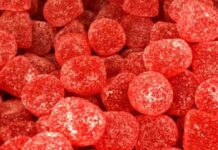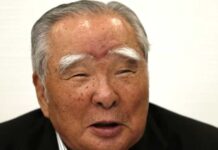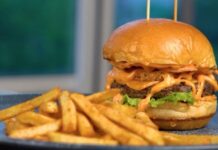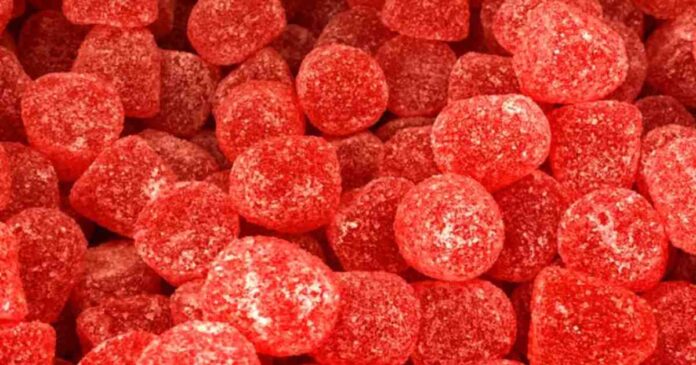The United States has officially banned Red Dye 3, a synthetic colourant commonly used to give foods, beverages and medicines a bright, cherry-red colour. This decision follows years of advocacy and mounting concerns about the dye’s potential health risks. The ban stems from a 2022 petition led by organisations like the Center for Science in the Public Interest, citing studies that linked the additive to cancer in laboratory rats.
Red Dye 3, also known as erythrosine, has been restricted in cosmetics since 1990. However, until now, it remained legal in many edible and oral products. Consumer advocates have long criticised this inconsistency, calling for a ban on its use in food and medicine. California had already taken action in October 2023, banning the additive in food products statewide. Globally, countries like Australia, New Zealand and those in the European Union also have restrictions on its use.
Why the Ban on Red Dye Matters
Red Dye 3 has been used in a wide range of products. These range from candy and baked goods to cough syrups and gummy vitamins. Popular candies like Brach’s Candy Corn and even some strawberry-flavoured milk contain the dye. It’s also found in frostings, maraschino cherries and certain medications. Studies in male laboratory rats linked the dye to cancer, prompting the U.S. Food and Drug Administration (FDA) to act. U.S. law mandates banning any substance found to cause cancer in animals, even if human exposure is much lower than the tested levels in rats.
This change is important because it fixes a strange inconsistency. Dr. Peter Lurie, president of the Center for Science in the Public Interest, highlighted an irony. He stated, “For years, Red 3 was banned in lipstick but allowed in candy made for kids.”
The FDA has given food manufacturers until January 2027 to stop using Red Dye 3. Drug manufacturers have an extra year, until January 2028, to comply. Imported products must also meet these new regulations.
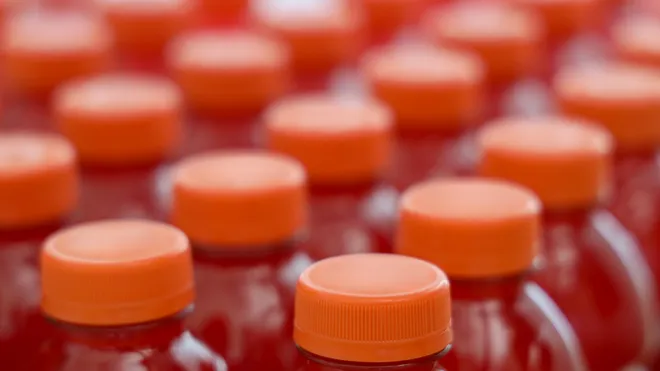
What Consumers Should Know
While some manufacturers have already phased out Red Dye 3, many still use it. Experts encourage shoppers to check labels carefully. Alternatives like Red Dye 40 are already common but come with their own concerns. For instance, studies have linked Red Dye 40 to hyperactivity in children and bowel issues in mice.
Some companies now use natural colourants like beet juice, considering them safer options. For example, Edy’s Strawberry Ice Cream and some Popsicle-brand fruit pops now use beet juice instead of synthetic dyes.
Read More: What is the Pink Powder Being Used to Fight California Fires?
A Step Towards Safer Products
The FDA’s ban on Red Dye 3 marks a significant move toward protecting public health, especially for children who consume these colourful products most frequently. While companies have a few years to adjust, this decision reflects growing awareness and demand for safer food and drug ingredients. By paying attention to product labels and choosing items with natural colourants, consumers can contribute to this shift toward healthier options.
Stay tuned to Brandsynario for latest news and updates












